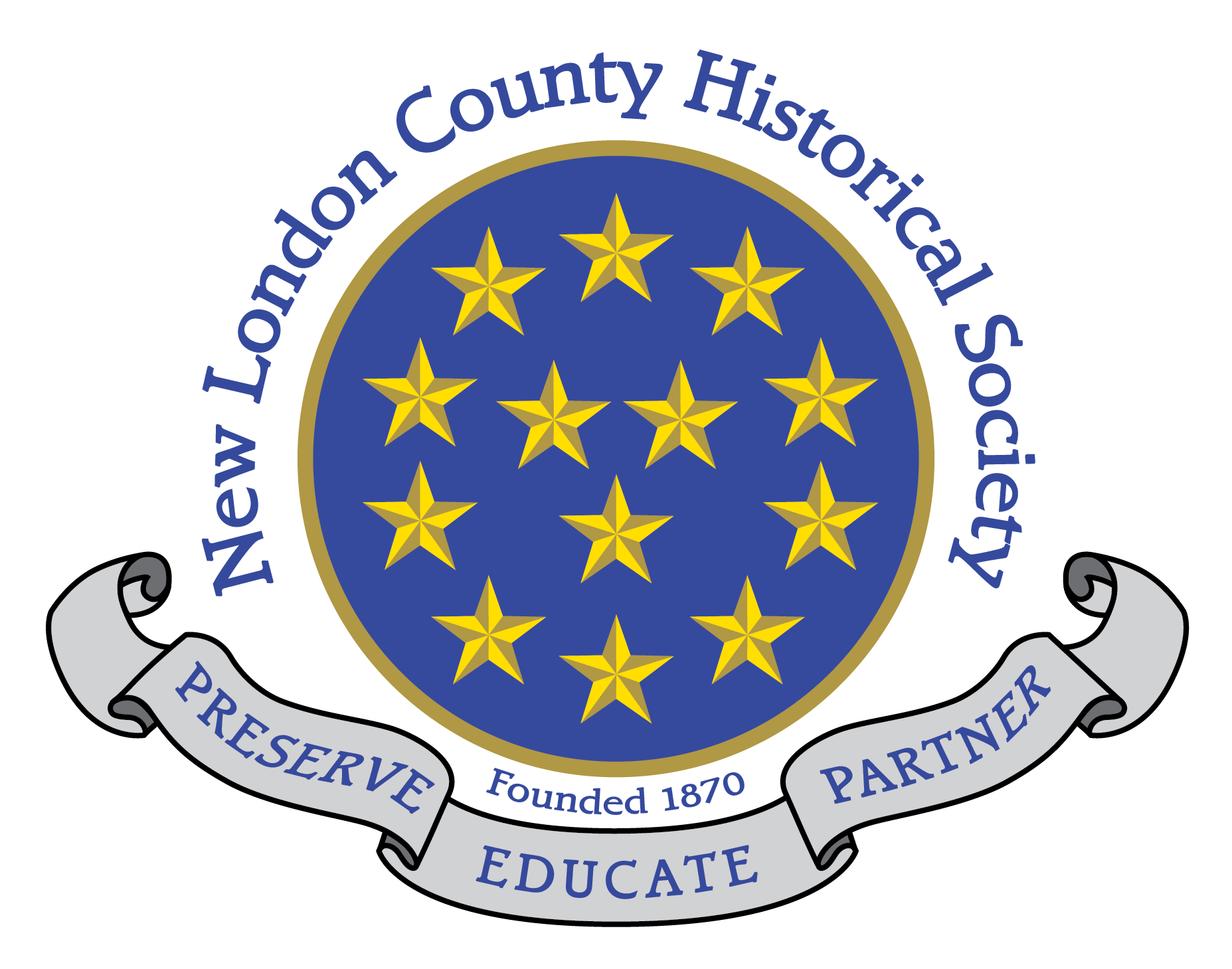[August 1713] Wedensd 19 Rainy. I workt on bord Capt Hutton all day. itt Rained a Little in ye day & att night a violent Storm of Rain & wind. Robt Millers wife died Last night. was buried to day. Thursd 20. A Storm or Hurrycane. I was about home & in town all day. A Hurrycane which blew down Several Building and fruit trees Such as hath not been known. It blasted or withered ye leaves & Like a frost though warm weather.
Hurricane is a word that originated in the Caribbean in the 16th century as Spaniard and Portuguese explorers adopted the Taino word for a violent storm. It came to English directly from the Spanish. With the many connections between New London and the Caribbean it should not be surprising to see Joshua Hempstead using it to describe a violent storm with rain and wind. But he uses it here almost tentatively, perhaps just learning it himself. A couple of years later he actually uses the word hurricane incorrectly, on 12 March 1714/15, describing a storm with high winds and snow. With our modern weather forecasting those of us who live near the east coast are well aware of huricane season from June through November.

I have witnessed the withering of the leaves of trees Hempstead described. Sailing into Nantucket after a hurricane several years ago, I noticed that the leaves on all the trees had turned brown, looked like fall even though it was late August. I learned that it was the salt in the spray blown off the ocean by the wind that had caused this premature autumn.
Hempstead, who was trained as a boat builder, spent more than a month cutting timber and then working on board Capt. Hutton’s boat. On 11 September he writes, “finished almost.” Then on the 12th, “wnt into Town to make up with Capt Hutton.” And again on the 14th, “I was in Town making up wth Capt Hutton.” On the 16th he writes, “I sold 4 lb hay to Capt Hutton and he hath not paid for itt.” (I suspect “lb” should rightfully be “ld,” shorthand for load.) On the 17th he records, “I was in Town in ye foren. Capt. Hutton Sayled for Barbados in ye aftern.” I expect Hempstead probably got paid for his hay first.


 NLCHS Annual Meeting 2009
NLCHS Annual Meeting 2009

 Commerce and Culture: Architecture and Society on New London’s State Street was an exhibit on display at the Lyman Allyn Art Museum from October 2005 to April 2006. Mounted by guest curator, Abigail Van Slyck, Dayton Associate Professor of Architectural History at Connecticut College, she put the students of her architectural history senior seminar to work scouting out the best images from all the local repositories to tell the story of the cultural and social history of New London’s downtown core. The exhibit used photographs, maps, and objects to show the evolution of New London and its people through the changes that took place on this one street – from the period of the founding, through the growth of wealth of a busy port and regional commercial center, and including the difficult attempts to revitalize the downtown after it was commercially deserted for suburban malls.
Commerce and Culture: Architecture and Society on New London’s State Street was an exhibit on display at the Lyman Allyn Art Museum from October 2005 to April 2006. Mounted by guest curator, Abigail Van Slyck, Dayton Associate Professor of Architectural History at Connecticut College, she put the students of her architectural history senior seminar to work scouting out the best images from all the local repositories to tell the story of the cultural and social history of New London’s downtown core. The exhibit used photographs, maps, and objects to show the evolution of New London and its people through the changes that took place on this one street – from the period of the founding, through the growth of wealth of a busy port and regional commercial center, and including the difficult attempts to revitalize the downtown after it was commercially deserted for suburban malls.